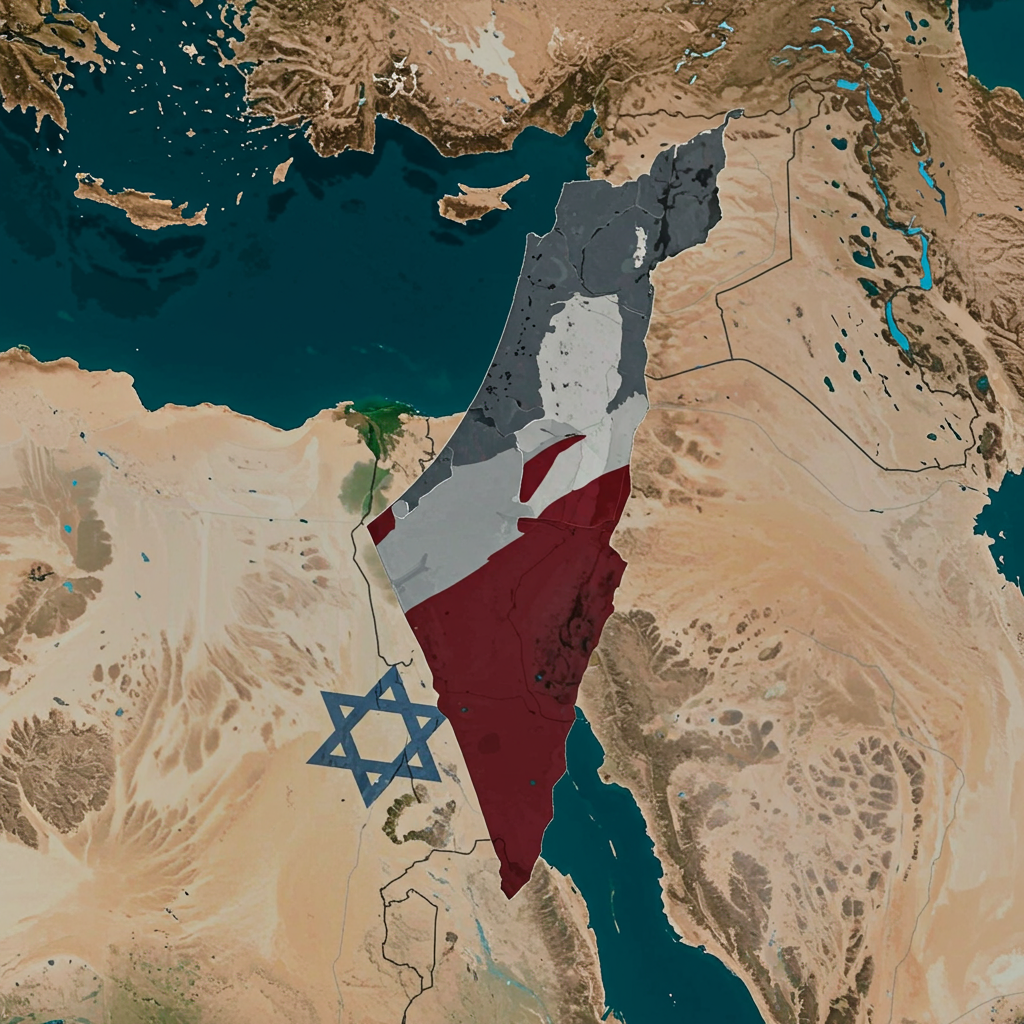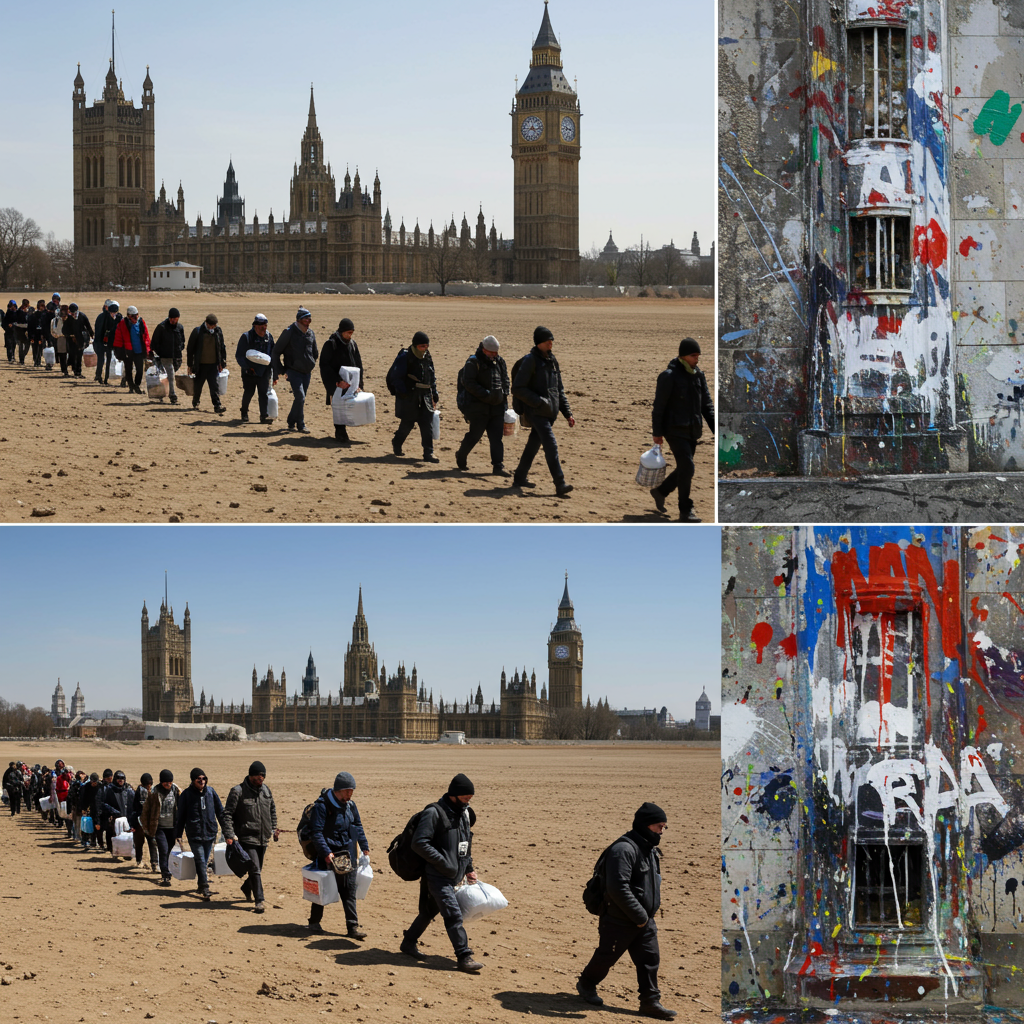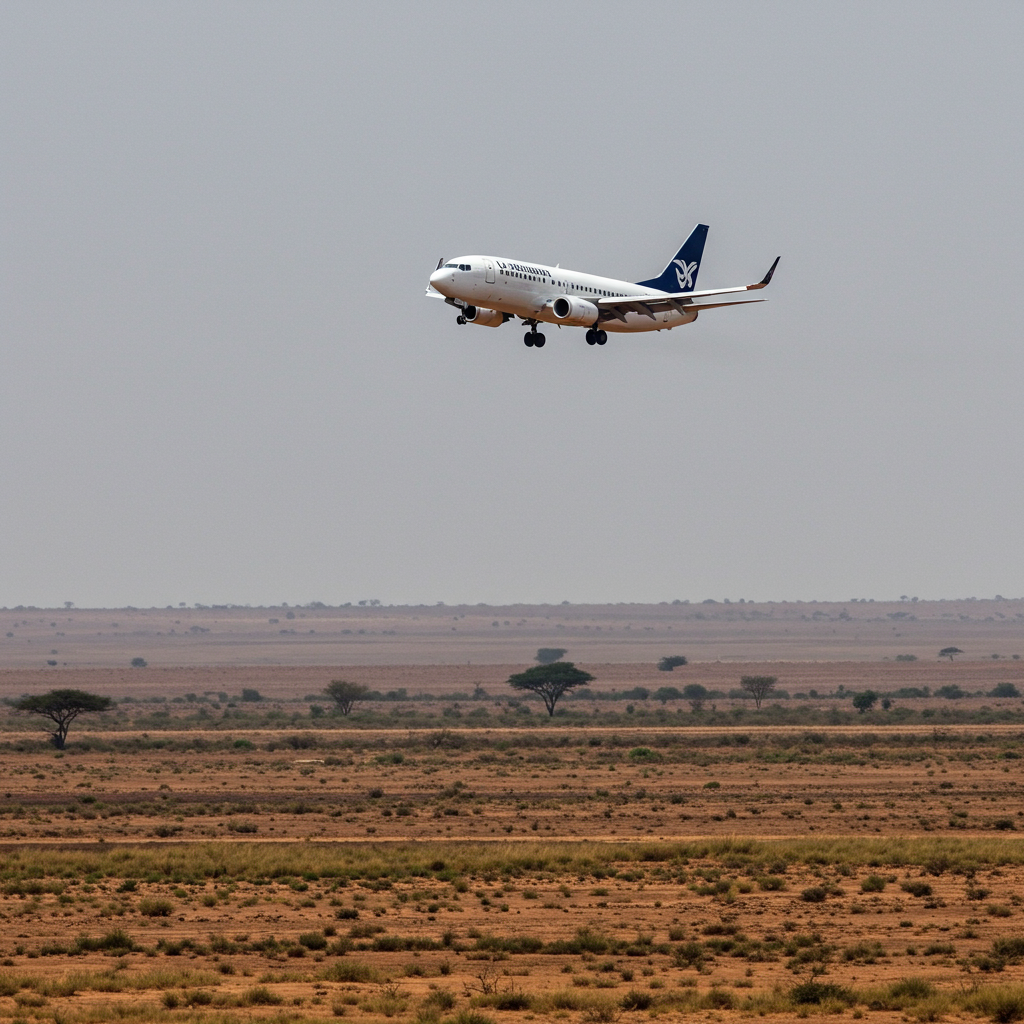As the conflict in the region nears its 630th day, late June 2025 brings a fresh wave of developments across israel, Gaza, the West Bank, and the wider Middle East. Tensions persist on multiple fronts, characterized by ongoing military actions, a deepening humanitarian crisis in Gaza, complex diplomatic maneuvers, and significant internal political debates in Israel. The recent, albeit fragile, ceasefire between Israel and Iran, brokered by the United States, has injected cautious optimism into some circles regarding a potential resolution for the Gaza conflict, though major obstacles remain.
Gaza Crisis Deepens Amidst Continued Hostilities
The situation in the Gaza Strip remains catastrophic, marked by unrelenting Israeli military operations and a severe toll on the civilian population. Reports from late June indicate continued airstrikes and shelling across the enclave, contributing to an already devastating humanitarian landscape. The Palestinian Ministry of Health in Gaza reported over 56,331 Palestinians killed and 132,632 injured since October 7, 2023, with a majority being women and children. Recent figures highlight dozens killed in just a few days, including seven near aid distribution points.
Persistent Strikes and Civilian Toll
Incidents of intense fighting continue to emerge from Gaza. On June 28th, local reports indicated members of the Abu Shabab group took control of Nasser Hospital in Khan Yunis following heavy exchanges of fire. Simultaneously, Hamas was reportedly attempting to detain those involved in the hospital takeover. This internal struggle occurs within a broader context of persistent strikes that have targeted residential buildings, schools sheltering displaced families, and even displacement tents in areas like Al-Mawasi in Khan Yunis and Al-Saftawi north of Gaza City, resulting in numerous fatalities. Palestinian media and medical sources also allege that Israeli forces have shot Palestinians waiting for humanitarian aid near locations like the Netzarim corridor and northern Rafah, a claim partially supported by an Israeli newspaper investigation citing soldiers’ accounts of receiving orders to fire in designated “battlefield” aid areas.
Dire Humanitarian Situation and Aid Challenges
The humanitarian crisis in Gaza is reaching critical levels, driven by limited aid access and the destruction of infrastructure. Severe malnutrition is now a significant concern, with Palestinian medical sources reporting that 17,000 children suffer from severe malnutrition, and 5,000 have acute malnutrition, according to UNRWA. An infant recently died in Gaza City due to malnutrition and dehydration, bringing the reported death toll among children from malnutrition to 61. Health officials warn that 70,000 children face health issues linked to food shortages, exacerbated by claims that Israel has blocked baby formula entry for four months.
Efforts to deliver aid face numerous hurdles. In late June, Israel reportedly halted aid deliveries into Gaza, citing allegations of Hamas theft and prompting Finance Minister Bezalel Smotrich to issue an ultimatum demanding a plan to prevent Hamas control. A US-Israeli-backed initiative, the Gaza Humanitarian Foundation (GHF), began distributing food packages in May, securing centers with US contractors and Israeli forces. However, this model faced skepticism and rejection from some Gazans who preferred UN oversight, and GHF distribution has reportedly paused due to threats or overcrowding. UN agencies, including UNRWA, have sharply criticized the aid system as inadequate and politically motivated, with UNRWA stating Israel blocked essential goods since March 2025. Furthermore, the Geneva branch of GHF recently faced potential court action over registration deficiencies, adding another layer of complexity to aid operations. Adding to concerns, the Government Media Office in Gaza claimed narcotic pills were discovered inside flour bags distributed from aid centers overseen by the US and Israel.
West Bank Tensions Escalating
The situation in the occupied West Bank is also rapidly deteriorating, according to various reports. Since October 2023, the World Health Organization (WHO) has documented 844 attacks on healthcare facilities, leading to deaths and injuries.
Rising Violence and Impact on Healthcare
The European Union has warned about this deterioration, noting a surge in settler violence against Palestinians, destruction of property, and recent killings. While the original content did not detail West Bank events, external summaries highlight it as another flashpoint in the broader conflict, underscoring the interconnected nature of tensions across the Palestinian territories.
Broader Regional Conflicts and Diplomacy
The conflict extends far beyond Gaza and the West Bank, encompassing regional powers like Iran and its proxies. The recent direct confrontation between Israel and Iran has significantly shaped the diplomatic landscape.
Israel-Iran Standoff and Ceasefire Aftermath
Following weeks of escalating tensions and direct strikes, including major Israeli attacks on Iranian sites and Iranian missile/drone retaliations, a US-brokered ceasefire was announced around June 25th/26th, ending 12 days of direct hostilities. Despite the ceasefire, Mossad Director David Barnea stated operations in Iran would continue. The IDF chief also indicated that Israel had achieved setbacks for Iran’s nuclear and ballistic missile programs and eliminated individuals leading efforts against Israel.
Adding to the complexity, Iran’s Foreign Minister, Abbas Araghchi, announced on June 27th that Tehran had halted collaboration with the International Atomic Energy Agency (IAEA), citing politically motivated resolutions and stating cooperation would cease “until the safety and security of our nuclear activities can be guaranteed.” This move signals potential escalation on the nuclear front. US President Donald Trump, involved in the ceasefire effort, commented that he would consider bombing Iran again if Tehran enriched uranium to concerning levels and supported inspections of bombed Iranian nuclear sites. Earlier, Trump shared a controversial post referencing bombing Iran and putting Ayatollah Khamenei “in a box.”
Houthi Threats to Shipping and Regional Stability
Iran’s influence is also seen through its support for groups like the Houthi movement in Yemen. Yemen’s information minister claimed on June 28th that Iran plans to relocate parts of its military industry to Houthi-controlled territory to build more missiles and drones. He warned this plan would endanger global shipping routes in the Gulf of Aden, turning Yemen into a “workshop for developing its prohibited programs” and a base for launching threats against regional security and international navigation. Houthi attacks targeting shipping routes and even Israel itself (missiles intercepted over the West Bank and near Ben Gurion Airport) underscore this ongoing threat.
Lebanon and Syria Updates
Cross-border tensions also persist. Despite an earlier ceasefire with Hezbollah, Israeli airstrikes continue to target Hezbollah and Jama’a Islamiya personnel and sites in Lebanon. Similarly, Israeli fighter jets have reportedly conducted strikes on Syrian army sites and Iran-backed fighters in Syria in response to projectiles fired toward Israel or to dismantle weapons caches. These actions highlight the complex web of regional fronts tied to the core conflict.
Political Maneuvering and Peace Prospects
Amidst the military actions and humanitarian crisis, significant political activity is underway concerning potential de-escalation and future arrangements.
Hostage Negotiations and Diplomatic Efforts
Efforts to reach a ceasefire in Gaza and secure the release of remaining hostages are ongoing, primarily mediated by Qatar, Egypt, and the US. US President Donald Trump stated on June 28th he believes a ceasefire in the Gaza conflict is possible within a week, indicating he was talking to people involved in the negotiations. Earlier, an Israeli strategic affairs minister, Ron Dermer, was scheduled to arrive in Washington on June 30th for White House talks focusing on Iran and Gaza.
However, indirect talks face substantial hurdles. While Hamas previously claimed acceptance of a US-mediated framework including a permanent ceasefire and a phased hostage/prisoner swap, US and Israeli officials denied it was a new or acceptable proposal. The core obstacle remains the fundamental mismatch in demands: Hamas seeks an end to the war for all hostages, while Israel insists the war ends only after Hamas is disarmed and exiled.
Despite these challenges, the recent Israel-Iran ceasefire has fueled renewed hope among families of hostages held in Gaza. Families, like that of twins Gali and Ziv Berman (held captive for over 629 days), believe the perceived weakening of Iran due to Israeli strikes could pressure Hamas to be more flexible. The Hostages Families Forum argued Israel has “the upper hand” after the Iran conflict and must leverage this to bring hostages home. The Israeli government’s negotiating team reportedly also perceives a “window of opportunity.” The involvement of President Trump in brokering the Iran ceasefire is seen by some families as a potential catalyst for US pressure on a Gaza deal. The status of the remaining 50 hostages (less than half believed alive) adds urgency to these efforts.
Internal Israeli Debates
Significant internal political debate in Israel also shapes the conflict’s direction. Finance Minister Bezalel Smotrich and other far-right ministers strongly reject any negotiations that could lead to a Palestinian state, deeming it an “existential threat,” and advocate for Israel to occupy Gaza and maintain military control, potentially pursuing a “voluntary emigration plan.” Smotrich threatened to topple the government if a military administration is not installed in Gaza to manage aid and prevent Hamas control. Defense Minister Israel Katz’s stated objectives include dismantling Hamas, releasing hostages, maintaining permanent control over captured areas, and pursuing a “voluntary emigration plan.”
In contrast, Head of the Opposition Yair Lapid has called for an end to the war in Gaza, arguing the current strategy “is not working” and suggesting Israeli forces withdraw from most of the enclave, with Egypt administering it and the IDF deployed at the perimeter. Prime Minister Netanyahu recently suggested a “victory” over Iran could lead to a “dramatic expansion” of peace accords, a notion Smotrich warned against using as a “shiny cover-up” for a Palestinian state. Reports also emerged suggesting Trump’s push to drop Netanyahu’s corruption trial is linked to efforts to end the Gaza war. Domestic protests against the war and calling for government dissolution continue in Israeli cities, resulting in arrests and clashes with police, reflecting public discontent and pressure on leadership.
Frequently Asked Questions
What is the current humanitarian situation like in Gaza?
The humanitarian situation in Gaza is described as catastrophic, marked by widespread devastation, limited aid, and a severe health crisis. Over 56,000 Palestinians have been killed since October 2023, and medical sources report thousands of children suffer from malnutrition, with dozens having died from hunger. Aid distribution is severely hampered by ongoing hostilities, challenges coordinating entry, and controversies surrounding aid mechanisms, including allegations of Hamas theft and the discovery of potentially illicit substances in aid shipments.
Why are negotiations for a ceasefire and hostage release stalled?
Negotiations for a ceasefire and hostage release in Gaza remain stalled primarily due to fundamentally opposing demands between Israel and Hamas. Hamas demands a permanent end to the war and a comprehensive exchange of all hostages for Palestinian prisoners. Israel, however, insists the war will not end until Hamas is disarmed and exiled, and seeks a phased hostage release without necessarily a permanent ceasefire or major prisoner release. Internal political pressures on both sides and disagreements among mediators also contribute to the impasse, although some see a recent “window of opportunity” following the Israel-Iran ceasefire.
How has the recent Israel-Iran conflict impacted the broader regional tensions?
The direct confrontation between Israel and Iran in June 2025, ending with a US-brokered ceasefire, temporarily overshadowed the Gaza conflict but remains a key regional factor. While the ceasefire halted direct state-on-state attacks, tensions persist, with Mossad indicating continued operations against Iran. The conflict highlighted Iran’s network of proxy groups, like the Houthis, who continue to threaten shipping and fire towards Israel. Some analysts and hostage families believe the strikes may have weakened Iran, potentially pressuring Hamas (a key Iranian ally) to be more flexible in Gaza negotiations. However, Iran has also increased pressure on the nuclear front by halting cooperation with the IAEA.
Looking Ahead: Uncertain Future
As “Day 629” passes, the multilayered conflict involving Israel, the Palestinian territories, Iran, and regional proxies shows no sign of simple resolution. Ongoing military actions inflict immense human cost, particularly in Gaza, while diplomatic efforts grapple with deeply entrenched positions and complex regional dynamics. The fragile Israel-Iran ceasefire offers a potential, albeit slim, opening for renewed focus on Gaza, but the underlying challenges related to aid delivery, political demands, and internal pressures in Israel remain significant hurdles. The path forward appears uncertain, demanding sustained international attention and concerted efforts to address both the immediate humanitarian catastrophe and the root causes of the prolonged conflict.
Word Count Check: ~1150 words



